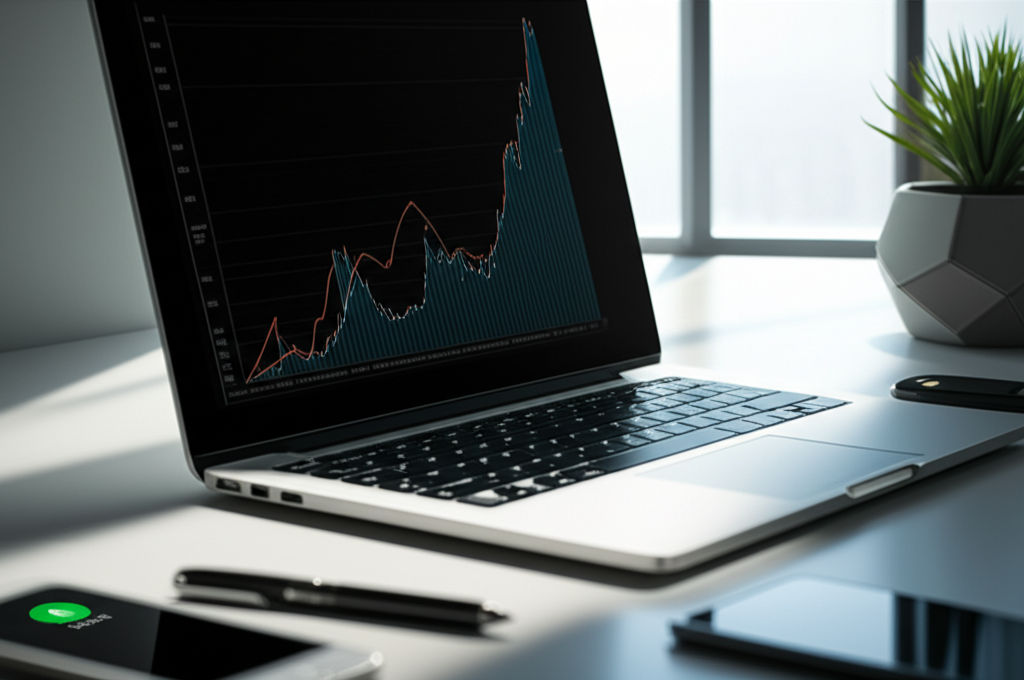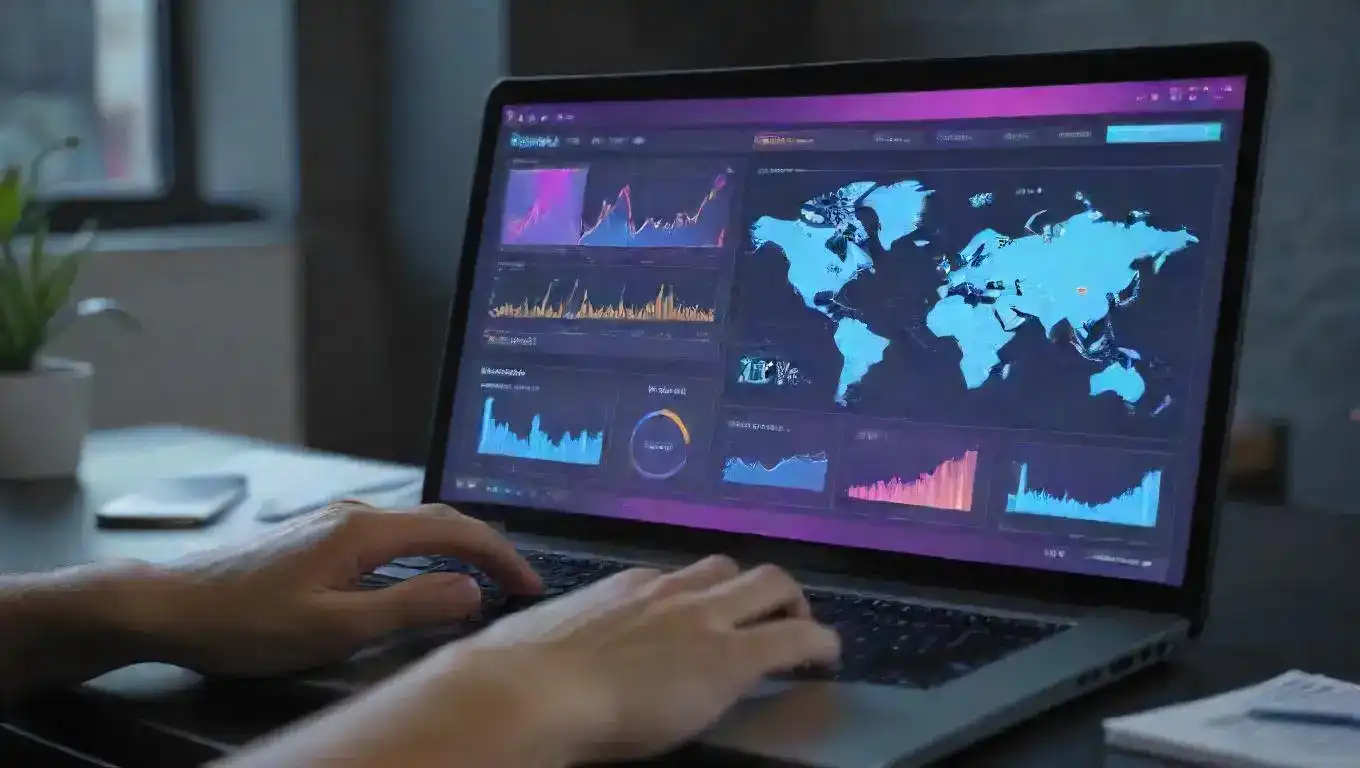Building Resilient Global Supply Chains
Emily Willis
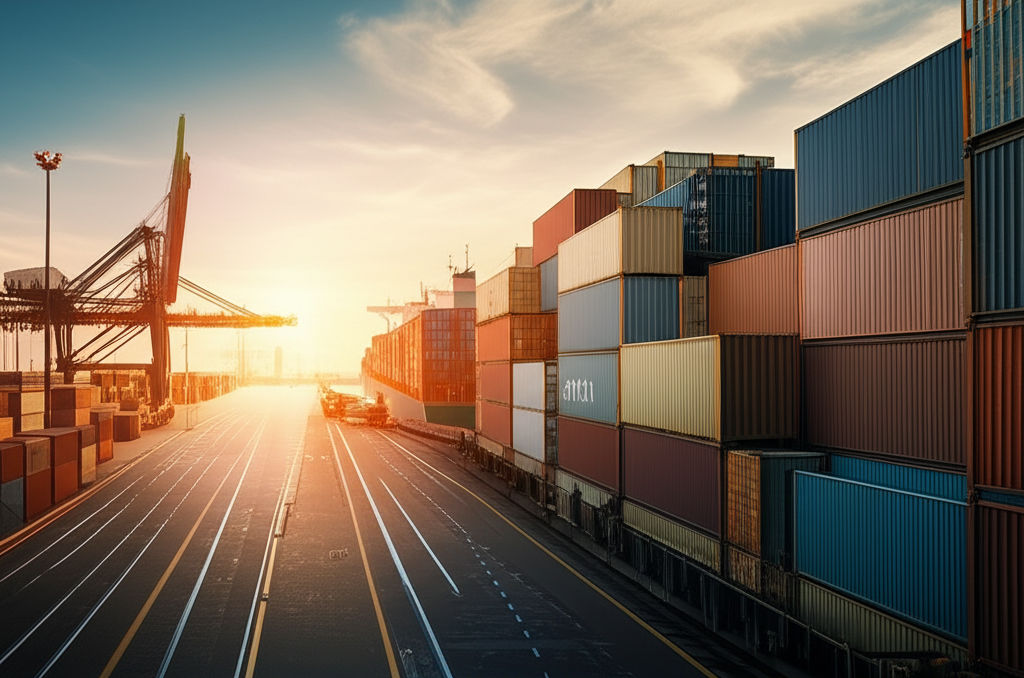
Photo: Building Resilient Global Supply Chains
Building Resilient Global Supply Chains: Navigating Tomorrow's Challenges Today
In our interconnected world, the flow of goods and services underpins nearly every aspect of modern life. From the food we eat to the technology we use, global supply chains are the intricate networks that make it all possible. However, recent years have starkly illuminated their vulnerabilities, transforming "supply chain resilience" from a niche industry term into a critical imperative for businesses and economies worldwide. This article delves into what it means to build a truly resilient global supply chain, exploring the challenges, core strategies, and actionable steps to future-proof operations against an unpredictable future.
What is Supply Chain Resilience and Why Does It Matter?
At its heart, supply chain resilience is the ability of a supply chain to anticipate, adapt to, and recover swiftly and effectively from disruptions while maintaining continuous operations. It's about ensuring continuity, minimizing the impact of unforeseen events, and even turning challenges into competitive advantages. This concept goes beyond simply reacting to problems; it emphasizes proactive planning and strategic foresight.
Consider the numerous shocks our global systems have endured: a global pandemic that halted manufacturing and transportation, geopolitical tensions reshaping trade routes, natural disasters like floods and earthquakes impacting critical infrastructure, and even cyberattacks that cripple logistics giants. These events have exposed the fragility of traditional "just-in-time" models, which, while efficient, often lacked the buffers needed to absorb significant shocks.
The consequences of a non-resilient supply chain are far-reaching: production halts, delayed deliveries, increased costs, loss of revenue, and severe customer dissatisfaction. For businesses, this translates to damaged reputations, lost market share, and a struggle to meet demand. Conversely, a resilient supply chain offers significant benefits: it reduces risk, helps maintain operational continuity, improves efficiency, lowers long-term costs, enhances customer satisfaction, and builds a stronger brand image. It's no longer just a necessity; it's a strategic asset and a marker of reliability for investors.
The Shifting Sands: Why Global Supply Chains Are Vulnerable
The vulnerabilities of global supply chains stem from their inherent complexity and interconnectedness. While globalization has offered immense benefits like access to diverse suppliers and global talent pools, it has also created intricate webs where a failure in one link can propagate throughout the entire chain.
Several key factors contribute to these vulnerabilities:
- Geopolitical Instability: Wars, trade disputes, and changing political landscapes can lead to border closures, sanctions, and restrictions on trade, directly impacting the flow of goods. The Red Sea crisis, for instance, has significantly increased lead times and disrupted trade flows.
- Natural Disasters and Climate Change: Increasingly frequent and severe weather events, such as floods, wildfires, and hurricanes, can devastate production facilities and transportation networks.
- Economic Volatility: Currency fluctuations, inflation, and shifts in demand can create financial instability for suppliers, leading to disruptions.
- Single Points of Failure: Over-reliance on a single supplier, a specific manufacturing location, or a limited number of transportation routes creates immense risk. For example, a significant portion of the world's semiconductors are produced in one region, making the global electronics industry vulnerable to localized disruptions.
- Lack of Visibility: Many companies lack transparency beyond their immediate, first-tier suppliers, making it difficult to identify and manage risks deeper within their supply chain networks.
- Cybersecurity Threats: With increased digitalization, supply chains are more susceptible to cyberattacks, which can disrupt operations, compromise data, and erode trust.
These multifaceted challenges underscore the urgent need for a paradigm shift from reactive problem-solving to proactive resilience building.
Pillars of Resilience: Strategies for a Stronger Supply Chain
Building a resilient supply chain requires a multi-pronged approach, focusing on strategic adjustments across various operational areas. Experts highlight several critical strategies for enhancing supply chain robustness:
Diversification: Don't Put All Your Eggs in One Basket
Reducing dependence on a single source or region is paramount. This involves:
- Multi-sourcing: Procuring raw materials or components from multiple suppliers, even if it means slightly higher short-term costs, to reduce dependency on any single entity. This safeguards against disruptions affecting one supplier.
- Nearshoring/Regionalization: Shifting production or sourcing closer to key markets or within the same geographical region. This reduces exposure to long-distance risks, shortens lead times, and can enhance responsiveness. While full relocalization might be economically costly, a balanced approach with regional networks is emerging.
- Multiple Shipping Carriers: Utilizing a variety of transportation providers and routes to distribute risk and maintain a smooth flow of goods, even during unexpected disruptions.
Visibility: Seeing the Whole Picture
True resilience hinges on having a clear, end-to-end view of your entire supply chain, not just your direct partners.
- Supply Chain Mapping: Thoroughly mapping your supply chain, extending beyond Tier 1 suppliers, helps identify hidden vulnerabilities and single-source dependencies.
- Real-time Data and Analytics: Leveraging data from various sources to gain real-time insights into inventory levels, production status, and logistical movements. This enables faster, more informed decision-making.
Collaboration: Strength in Numbers
Strong, collaborative relationships across the supply chain ecosystem are vital.
- Strategic Partnerships: Fostering deep, transparent relationships with key suppliers and logistics partners. This involves shared goals, collective problem-solving, and joint planning for potential disruptions.
- Information Sharing: Establishing open communication channels and sharing critical information, such as demand forecasts and potential risks, across the network.
Technology Adoption: Smart Solutions for Smart Chains
Digital transformation is a cornerstone of modern supply chain resilience.
- Artificial Intelligence (AI) & Machine Learning (ML): These technologies can analyze vast amounts of data to provide deep operational insights, enhance demand forecasting accuracy, optimize inventory levels, and predict risks. Generative AI, for example, is revolutionizing planning by moving beyond static models to dynamic ones.
- Internet of Things (IoT) & Sensors: Embedded sensors provide real-time data exchange, offering actionable insights at every step of the supply chain, from manufacturing to logistics.
- Blockchain for Traceability: Blockchain technology offers enhanced transparency and traceability, creating secure and immutable records of transactions and movements, which can help verify ethical practices and product origins.
- Cloud-based Platforms: Integrating supply chain functions on cloud-based platforms enables better data sharing, collaboration, and responsiveness.
Risk Management & Scenario Planning: Expect the Unexpected
Proactive risk assessment and preparedness are fundamental.
- Comprehensive Risk Assessment: Regularly identifying and analyzing potential risks across the entire supply chain, including geopolitical, environmental, economic, and cybersecurity threats. Categorize suppliers by risk level.
- Contingency Planning: Developing detailed backup plans for a range of scenarios, such as alternative suppliers, inventory buffers, and backup logistics partners. This might involve moving from a "just-in-time" to a "just-in-case" inventory strategy for critical components.
- Stress Testing: Simulating potential disruptions to refine contingency plans and adjust response strategies based on real-world data.
- Crisis Response Teams: Establishing dedicated teams to make critical decisions and coordinate responses during emergencies.
Sustainability & Ethics: The Long-Term View
Integrating environmental, social, and governance (ESG) criteria into supply chain strategies is increasingly important.
- Ethical Sourcing: Ensuring suppliers adhere to ethical labor practices and environmental standards. Disruptions can sometimes lead to unethical behaviors within the supply chain, making robust ethical frameworks crucial.
- Circular Economy Principles: Designing supply chains that minimize waste and optimize resource usage, contributing to long-term resilience and attracting environmentally conscious consumers.
Actionable Steps for Building Your Resilient Supply Chain
For businesses looking to enhance their global supply chain resilience, here are practical steps to consider:
- Conduct a Comprehensive Supply Chain Audit: Map your entire supply chain, identifying all suppliers (including sub-tiers), transportation routes, and potential single points of failure. Assess the criticality and risk profile of each component.
- Diversify Your Supplier Base: Actively seek out alternative suppliers in different geographical regions for critical components and materials. This "China+1" strategy, for example, involves maintaining operations in one region while expanding to others like Vietnam, India, or Mexico.
- Invest in Supply Chain Technology: Implement AI-powered analytics for demand forecasting and risk prediction, IoT sensors for real-time tracking, and cloud-based platforms for integrated data management. [1, 14, 21, 22
Latest ✨
View AllUnlock explosive growth! Discover 7 powerful growth hacks to fuel your startup's success, acquire users rapidly, and thrive with limited resources.
Emily Willis
Unlock your potential with Competency-Based Learning! Master real-world skills at your own pace, moving beyond traditional education.
Emily Willis
top digital marketing trends for 2024, including the rise of AI, the importance of user experience, video marketing dominance, influencer marketing, privacy and data security, sustainability and ethical marketing, and emerging trends like AR/VR, metaverse marketing, blockchain, and NFTs. Specific strategies are provided for leveraging AI for personalized customer experiences, enhancing user experience for mobile users, creating engaging video content, building authentic influencer partnerships, prioritizing data privacy and security, integrating sustainability and ethical practices.
Emily Willis
the rise of eSports as a global phenomenon, highlighting its evolution from niche to mainstream, the impact of pioneering games and genres, the rise of professionalism, global appeal and audience engagement, cultural impact and integration, and bridging virtual sports and physical sports.
Emily Willis
Business
View All
June 18, 2025
Assurance Auto Pas Chère : Le Guide Ultime (2025)Découvrez comment trouver une assurance auto pas chère sans sacrifier la qualité. Notre guide 2025 vous offre astuces, comparatifs et conseils d'experts pour économiser intelligemment.
Emily Willis

June 8, 2025
Financial Planning for Small BusinessUnlock small business success! Learn essential financial planning strategies to manage cash flow, drive growth, and navigate challenges. Your roadmap to thrivin...
Emily Willis
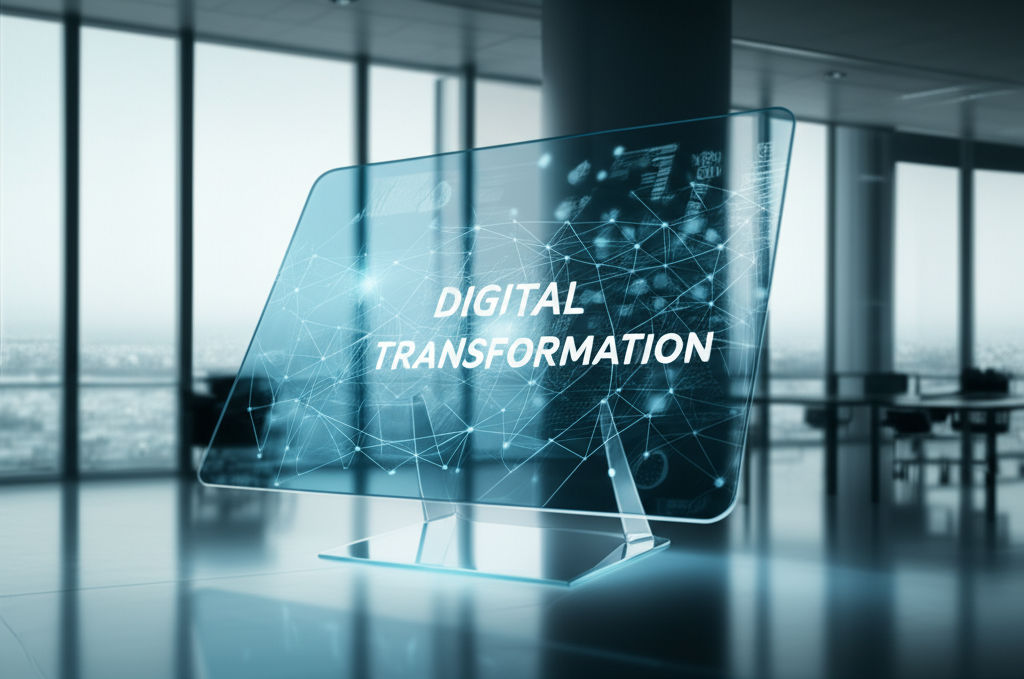
June 9, 2025
Digital Transformation: What's Next?What's next for digital transformation? Explore its evolving landscape, key drivers, emerging technologies, and strategies for future business success.
Emily Willis
Economy
View AllNavigating government debt: Explore its complexities, challenges, and actionable solutions for a healthy economy and a prosperous future.
Read MoreGlobal inequality refers to the unequal distribution of wealth, income, and opportunities across the world, leading to economic, social, gender, and regional disparities. The consequences of this inequality are widespread, impacting social unrest, political instability, economic stagnation, and environmental degradation.
Read MoreUnlock your financial potential! Learn how your credit rating impacts loans, interest rates & opportunities. Build a strong credit profile today.
Read MoreEntertainment
View All
August 4, 2024
The Future of Cinema: Trends in Film Production, Distribution, and Audience Engagementthe ever-evolving landscape of cinema, driven by technological advancements, changing audience preferences and innovative storytelling approaches. The exhibition explores trends such as digital filmmaking, virtual production, the dominance of streaming services, hybrid release models, and the revitalization of cinemas.
Emily Willis

August 5, 2024
Fandom's Power: Passionate Communities and Cultural ImpactFandoms are dedicated groups of fans who come together around a shared love for a book series, movie franchise, or other interest. They provide a sense of belonging and community for individuals, particularly those who may feel like outsiders in their everyday lives.
Emily Willis

August 5, 2024
Arts Education's Importance: Nurturing Creativity and Fostering ExpressionArts education is often overlooked in a world focused on standardized tests and STEM subjects, but it plays a vital role in nurturing creativity, self-expression, and essential skills in students. Arts education allows students to unleash creativity, build confidence, improve communication and collaboration skills, develop critical thinking and problem-solving abilities, increase cultural awareness and appreciation, and enhance emotional intelligence.
Emily Willis
Health
View AllA healthy lifestyle is crucial for enhancing overall quality of life in today's fast-paced world. It involves habits such as a nutritious diet, regular exercise, adequate sleep, stress management, and avoiding harmful substances. Benefits include improved physical health, enhanced mental well-being, increased energy levels, better sleep quality, and longevity. Implementing healthy habits gradually, staying consistent, seeking support, and monitoring progress are key steps towards a healthier lifestyle. Prioritizing a healthy lifestyle is not just about adding years to life but about adding life to years, leading to a more fulfilling and vibrant life.
Emily Willis
Preventive healthcare focuses on strategies to prevent disease and maintain well-being, rather than just treating illnesses after they arise. It helps identify risk factors early on, allowing for interventions that can prevent or delay the onset of chronic diseases.
Emily Willis
The healthcare landscape is being transformed by technological advancements, with telehealth and remote care providing convenient access to healthcare services. Artificial intelligence is revolutionizing diagnostics, personalized medicine, and drug discovery. Wearable technology is empowering patients to take control of their health.
Emily Willis
Trending 🔥
View All
1
2
3
4
6
7
8
9
10
Sports
View AllAugust 4, 2024
Sports Technology Innovation: Revolutionizing Training and Performance Analysis
Read MoreAugust 5, 2024
The Future of Sports: Anticipating Trends, Embracing Innovation, Shaping a New Era
Read MoreTechnology
View All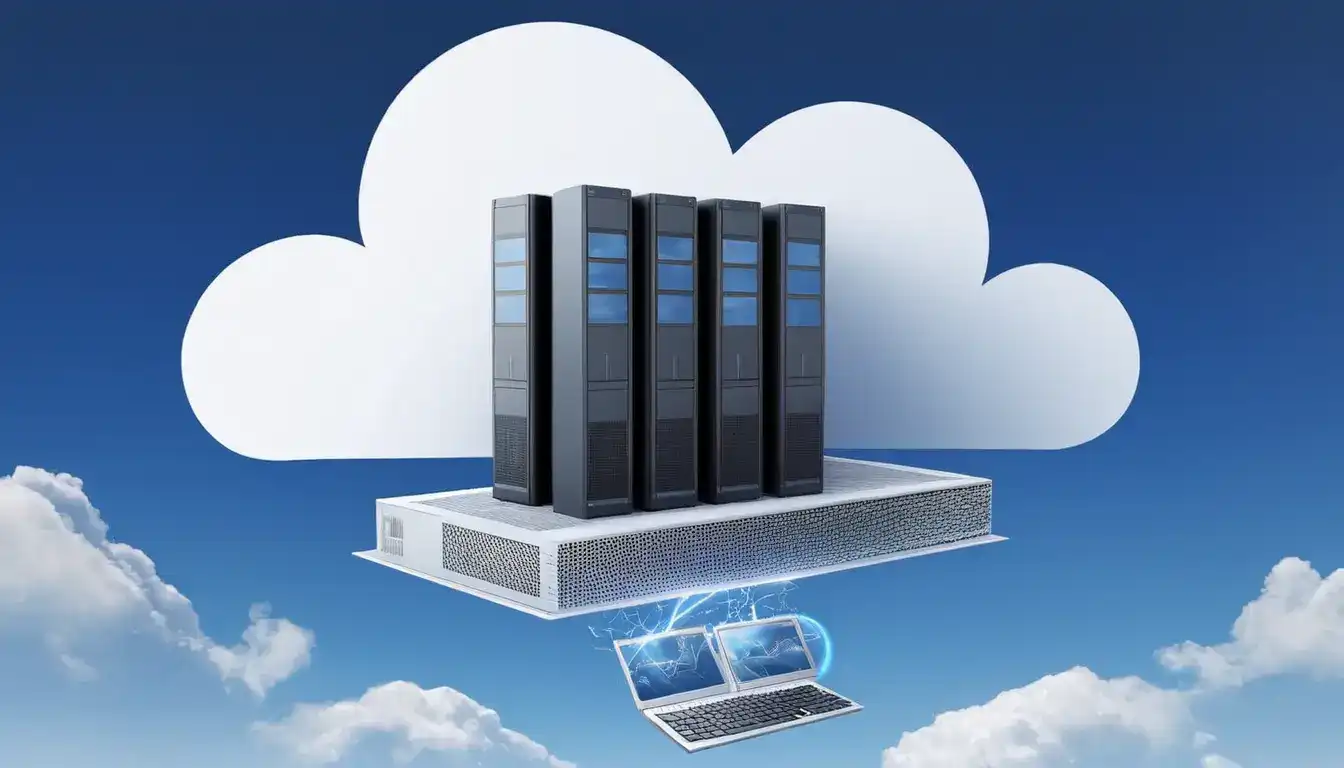
August 5, 2024
How to Choose the Right Cloud Computing Platform for Your Needs
Choosing the right cloud computing platform is essential for business success. Factors to consider include assessing business needs, evaluating cost and pricing models, analyzing performance and reliability, examining security and compliance, considering scalability and flexibility, evaluating support and customer service, assessing integration and compatibility, and reviewing user experience and ease of use.

August 4, 2024
All-Time High Cybersecurity Breach: How to Safeguard Your Company and Personal Information
threat of cybersecurity breaches in today's digital age, highlighting factors contributing to the rise in cyberattacks such as increased reliance on technology, evolving threats, remote work, and profit motive for cybercriminals.
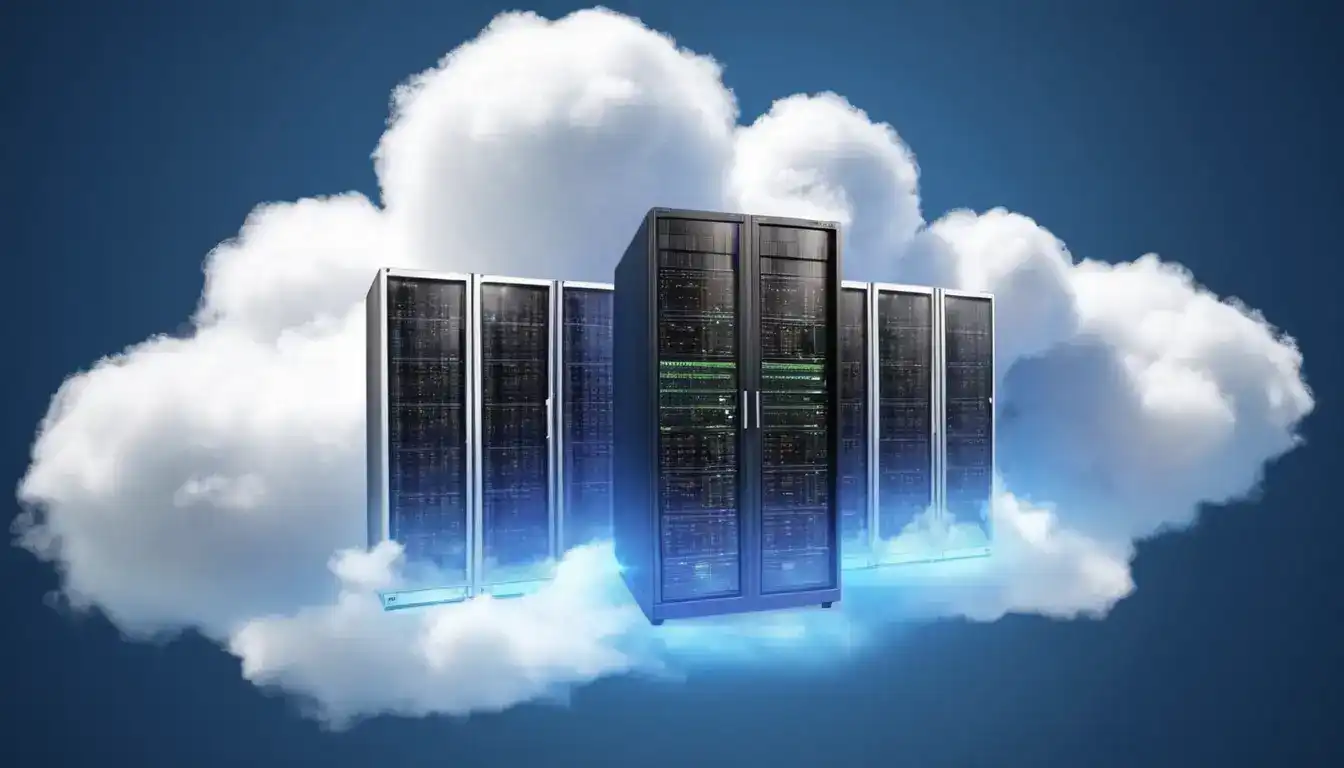
August 5, 2024
Types of Cloud Computing Services Available
Cloud computing has become essential for modern businesses, offering services that streamline processes, reduce costs, and increase flexibility. Understanding the types of cloud computing services available, such as Infrastructure as a Service (IaaS), Platform as a Service (PaaS), and Software as a Service (SaaS), can help businesses make informed decisions.

August 5, 2024
How to Protect Yourself from Cyber Security Threats in the Digital Age
The digital world has become an integral part of our lives, offering convenience, information, and connection. However, with this convenience comes an increased risk of cyber security threats. From identity theft to financial loss, the consequences of falling victim to a cyberattack can be devastating. Fortunately, by understanding the common threats and implementing effective protection measures, you can significantly reduce your risk.
